Alaska mines celebrate
Golden milestones, robust production, strong metals prices lift sector
Last updated 2/3/2018 at 9:07pm
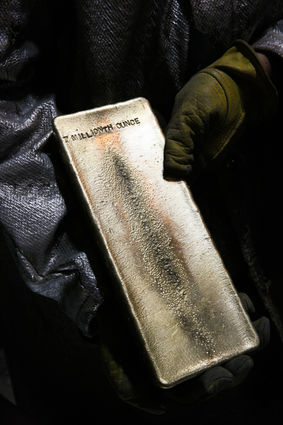
Kinross Gold Corp.
Kinross Gold's Fort Knox Mine celebrated two major milestones in 2016 – 20 years of operation and the pouring of the seven-millionth-ounce of gold recovered from this open-pit mine in Interior Alaska.
Anniversary celebrations, golden milestones and rising metals prices are providing Alaska's metal miners with plenty to cheer about in 2016.
Roughly 1 million ounces of gold will be mined in Alaska this year, when you tally the amount of the precious metal produced at four of Alaska's large metal mines – Fort Knox, Pogo, Kensington and Greens Creek – and the placer aurum produced at the family-scale operations across the state.
Fortunately for all these miners, gold shot up roughly 25 percent, from around US$1,080 per troy ounce at the beginning of 2016 to more than US$1,350/oz. at mid-year, before giving up some of its gains to settle in a range above US$1,250/oz.
Silver, a primary metal at Hecla Mining Co.'s Greens Creek Mine near Juneau and a tertiary metal at Teck Resources Ltd.'s Red Dog Mine in Southwest Alaska, made even healthier percentage gains. Going into 2016 at US$14/oz., silver rocketed 48 percent to US$20.70/oz. in July.
Starting off 2016 at US70 cents per pound, the price for zinc has risen steadily to its current price of around US$1.10/lb. This 57 percent climb is good news for Teck Resources Ltd., operator of the Red Dog zinc mine in Northwest Alaska, and Hecla, which enjoys considerable by-product credits from zinc recovered at Greens Creek.
Hecla turns 125
A lot can be learned from a silver mining company that has been around for 125 years, especially when that company celebrates its quasquicentennial anniversary with the highest silver production in it long and storied history. Such is the case for Hecla Mining Co., owner of the Greens Creek Mine in Southeast Alaska.
Established in 1891, Hecla has survived two World Wars, the Great Depression and numerous crests and troughs of a cyclical metals market that has sunk many of the silver miner's contemporaries over the past 125 years.
"We have been in business longer than iconic American companies such as Hershey Co., Dow Chemical and General Electric," said Hecla Mining Co. President and CEO Phillips Baker Jr.
Applying the strategies that has allowed it survive the lows and benefit from the upswings of a notoriously cyclical metals markets, Hecla is positioned to reap the rewards of climbing gold and silver prices.
"We have operated through many price cycles; from recessions and depressions to boom times, and it is a testament to the power of our projects and the strength of our team that we have weathered them all and are now a transformed company having recently seen the highest reserves and production of our history," Baker added.
Greens Creek – one of the largest and lowest-cost primary silver mines on the planet – has been the cornerstone of Hecla's success and growth since 2008, when the Idaho-based company gained full ownership of the underground mine by paying US$750 million to buy out Rio Tinto's 70.27 percent interest in the Southeast Alaska operation.
Like its owner, this high-grade underground operation seems to be improving with age.
Through the first nine months of 2016, Greens Creek produced 7 million oz. of silver, putting the Southeast Alaska operation on pace to reach nearly 9 million oz. this year.
This mine is also expected to produce 53,000 oz. of gold as well as healthy quantities of zinc and lead – byproduct metals that help keep silver production costs low.
Thanks to zinc, along with lead and gold, the cost to produce an ounce of silver at this Southeast Alaska operation totaled just US$4.61 through the first half of 2016. The continued strong gold and rising zinc prices help drive the already nominal production costs at Greens Creek even lower.
Hecla's four operations – Greens Creek, Lucky Friday in Idaho, Casa Berardi in Ontario and San Sebastian in Mexico – produced 13.2 million oz. of silver and 170,780 oz. of gold during the first nine months of 2016.
"The strong performance from all our mines enables us to increase our silver production estimate to 16.25 million oz. for 2016, the highest silver production in our 125-year history," said Baker.
Kensington transition
Though the Kensington gold mine may not be celebrating any major milestones, 2016 seems to be a transitional year for this youngest of Alaska's large metal operations.
After prevailing in a long legal battle with the U.S. Environmental Protection Agency, Kensington owner Coeur Mining Inc. finally began producing gold at this operation north of Juneau in 2010. Low production and high costs, however, plagued the mine early on.
Since that rocky startup, however, Coeur has implemented a plan that has steadily increased Kensington's gold output while reducing the costs to extract the precious metal.
"In 2012, costs per ounce there were over US$1,300 an ounce versus $740 an ounce in the most recent quarter," Coeur Mining President and CEO Mitchell Krebs commented on the mid-2016 progress made at the Kensington Mine.
Through the first nine months of 2016, the Southeast Alaska mine has produced 90,643 oz.of gold, putting it on pace to top 120,000 oz. this year
Going into 2016, the Main and Raven deposits currently being mined at Kensington hosted 560,000 oz. of gold in 2.83 million short tons of proven and probable reserves averaging 0.198 oz/ton gold.
Jualin, a much higher grade deposit in a separate mine area but still very close to the mill, is expected to greatly improve the production profile of the Kensington Mine.
"Currently, Jualin is estimated to contain approximately 289,000 tons of inferred resources with an average grade of 0.62 ounces per ton, which is over triple Kensington's average reserve grade," Krebs explained.
To further explore and mine this high-grade deposit, Coeur began underground development needed to reach the Jualin deposit in 2015.
With the ramp more than halfway to its destination, Coeur has begun an underground drill program aimed at upgrading and expanding the Jualin resource. This work will primarily focus on the No. 4 vein but will also include drilling No. 5, a deeper vein that Coeur has cut with drilling but for which it has not yet developed a resource.
An inaugural reserve estimate for Jualin is expected by the end of 2016 and first ore is anticipated to reach the mill at Kensington in mid-2017.
"We're ... investing about US$40 million at Kensington to drill and develop significantly higher grade gold ounces there. But that's not expected to start impacting Kensington's production, cost and cash flow until late next year," said Krebs.
In 2018, the first full year that includes ore from Jualin, gold production at Kensington is expected to reach 149,000 oz.
Pogo celebrates a decade
When the mill at Sumitomo Metals Mining's Pogo Mine fired up in 2006, this high-grade underground gold operation in Interior Alaska had roughly 3 million oz. of gold in reserves; enough ore to last about a decade. Reaching its original lifespan and pushing 3.5 million oz. of gold production, Pogo celebrates its 10th anniversary with at about another decade of high-grade ore in reserves.
Not unlike Kensington, Pogo got off to a rocky start. A decade later, however, this operation near Delta Junction is often cited as an example of mining done right.
Pogo General Manager Chris Kennedy attributes much of this success to the strong team working at Pogo.
Now a smooth operation producing 1 million ounces of gold every three or so years, Pogo is focused on the next 10 years and beyond.
Ensuring a long and golden future for the mine falls on the shoulders of the exploration team at Pogo.
"Our goal is to replace what we pull out of our reserves every year," Kennedy said.
The Pogo exploration team took a large leap towards this goal with the 2010 discovery of the East Deep, a deposit that is geologically and geochemically similar to the ore-body on which Pogo was founded.
Development of East Deep began in 2012 and mining of ore from this major Pogo extension began in 2013.
Between 2014 and 2015 SMM Pogo invested some US$32 million on exploration primarily focused on expanding the resources and reserves at East Deep, North Zone and Pogo South, three zones of high-grade gold mineralization adjacent to the current underground workings at the mine. In addition to expanding known deposits, this work discovered Fun, a new high-grade gold zone just north of the mill. One hole drilled into the Fun zone cut 2.44 meters averaging 0.437 ounces per ton gold.
"We continue to expand the mine. Our exploration department is doing a great job – we are finding more resource every day," Kennedy said.
To continue this expansion, SMM Pogo has budgeted another US$10 million for exploration at and around the mine in 2016.
"So, we are going to be there for a while," the Pogo manager added.
Golden milestones at Fort Knox
Pouring its seven-millionth-ounce of gold during its 20th year in production, Kinross Gold Corp.'s Fort Knox Mine had double the cause for celebration in 2016.
"We are very, very proud of those two achievements and most of all for being here a lot longer than we ever thought we would be in the beginning," said Kinross COO Warwick Morley-Jepson, who is retiring at the end of the year.
Calling Fort Knox "one of the best run mines in the Kinross portfolio," the company executive hinted that more milestone celebrations may be in Fort Knox's future.
In its 20th year of production, Fort Knox Mine could be considered past its prime. The roughly 400,000 ounces of gold being poured each year belies the dwindling ore grades of the aging mine.
The continued strong gold output is the result of the Walter Creek heap leach facility. Now, lower grade material that would have either been run through the mill or rejected as waste can be stacked on the heap leach pad, making space for higher grade ore in the mill.
Since its completion in 2009, the Walter Creek heap leach facility has produced roughly 750,000 oz. of gold and currently accounts for nearly 40 percent of the overall gold production at Fort Knox.
The Interior Alaska mine recovered 401,553 oz. of gold in 2015 but has started this year at a slightly slower pace – recovering 295,417 185,021 oz. of the yellow metal through the first six nine months of the year.
According to a 2015 technical report, the mill portion of the operation would be phased out in 2017 and the last new ore would be stacked on the heap leach pad in 2019. Indications, however, are that a couple of years have been added to the life of the mine since that assessment.
According to mine officials, the mill is currently scheduled to continue operations until about 2019 and mining fresh ore has been extended to 2020.
Once mining ends, Fort Knox will continue recovering gold through ongoing heap-leach processing as long as the value of the gold recovered outweighs the cost of operating the pad. According to the technical report, a positive balance could be maintained until about 2027.
Fort Knox General Manager Eric Hill said Kinross continues to look for additional sources of gold that could push the mine's expiration date even farther into the future.
"Kinross' exploration is focused on brownfield projects around existing operations and we continue to look for ways to further extend our operation," he explained. "We believe Alaska is an attractive mining jurisdiction and a good place to do business – we have successfully operated Fort Knox for 20 years, and the mine is now 12 years beyond our original plan."
Fort Knox ended 2015 with 147.32 million metric tons of proven and probable reserves averaging 0.4 g/t (2.02 million oz.) gold.
In addition, the mine had 95.82 million metric tons of measured and indicated resources averaging 0.5 g/t (1.42 million oz.) gold. This is a significant increase to both the tonnage and grade compared with the 75.9 million metric tons of measured and indicated resources, averaging 0.37 g/t (912,000 oz.) gold available to the mine a year earlier.
While the economic viability of mining these resources has not yet been calculated, which could raise them to reserve status, the increased tonnage and grade is a good sign that the mill may keep churning out gold for a while longer.
The Gil gold property, about five miles east of Fort Knox, and Gilmore, an area immediately west of the current mine plan, are two such expansion targets.
While Kinross has yet to disclose any information on the advancement of these two potential mine extensions, the fact that Fort Knox is among the lowest cost and highest-producing gold operations in its portfolio provides the global mining company plenty of incentive to keep the Interior Alaska mine going.
Morley-Jepson indicated that Fort Knox has at least a few more golden years left.
"The original mine plan projected mining to the end of 2008 at Fort Knox; here we are in 2016, looking forward to mining many years to come," he said.
Good news at Red Dog
Rising zinc prices is welcome news to Teck Resources and NANA Regional Corp., owners of the Red Dog Mine in Northwest Alaska.
In its 27th year of operation, Red Dog is on track to produce about 570,000 metric tons (1.26 billion lbs.) of zinc in 2016, accounting for roughly 5 percent of the world's supply of the galvanizing metal.
Teck is the operator at Red Dog, and NANA, the Alaska Native regional corporation that owns the land where the zinc-rich mine is located, is 30 percent owner of the operation. NANA's ownership increases by 5 percent every five years and is set to climb again in 2017.
Going into 2016, Red Dog continued to boast 56.6 million metric tons of reserves averaging 14.6 zinc, 4.1 percent lead and 73.8 g/t silver, enough high-grade reserves to last several more years.
This year, Teck began development of Qanaiyaq, a near-surface deposit that lies to the south of the mined out Red Dog main pit.
This high-grade deposit hosts 7.4 million metric tons of reserves averaging 24.7 percent zinc and 6.9 percent lead, according to calculations posted early in 2015. The first higher grade ore from this deposit is expected to be fed into the Red Dog mill by early 2017, which will help offset future grade declines in the current Aqqaluk pit.
Teck has recently shifted the primary focus of its exploration from near-pit deposits at Red Dog to deposits and prospects across the larger Red Dog region.

Shane Lasley
In its 27th year of operation, Red Dog is on track to produce around1.26 billion pounds of zinc in 2016, roughly 5 percent of the world's supply of the galvanizing metal.
Anarraaq-Aktigiruq, situated roughly eight miles (13 kilometers) northwest of current operations, is among the high-quality targets Teck is pursuing.
Discovered in 1999, Anarraaq hosts an inferred resource of about 19 million tons grading 15.8 percent zinc, 4.8 percent lead, and 2.1 oz/t silver. High-grade intercepts from this deposit include 11.2 meters of 34.2 percent zinc, 11.5 percent lead and 382 g/t silver; and 42 meters of 18.3 percent zinc, 4.5 percent lead, and 82 g/t silver.
While the company has not talked much about its Red Dog district exploration in recent year, Teck President and CEO Don Lindsay hinted that this could change.
"(I)n Alaska, near our Red Dog mine, we have tremendous zinc resources that we are still drilling and we look forward to being able to announce the results on those sometime in the future," the executive reminded investors and analysts on Oct. 27.


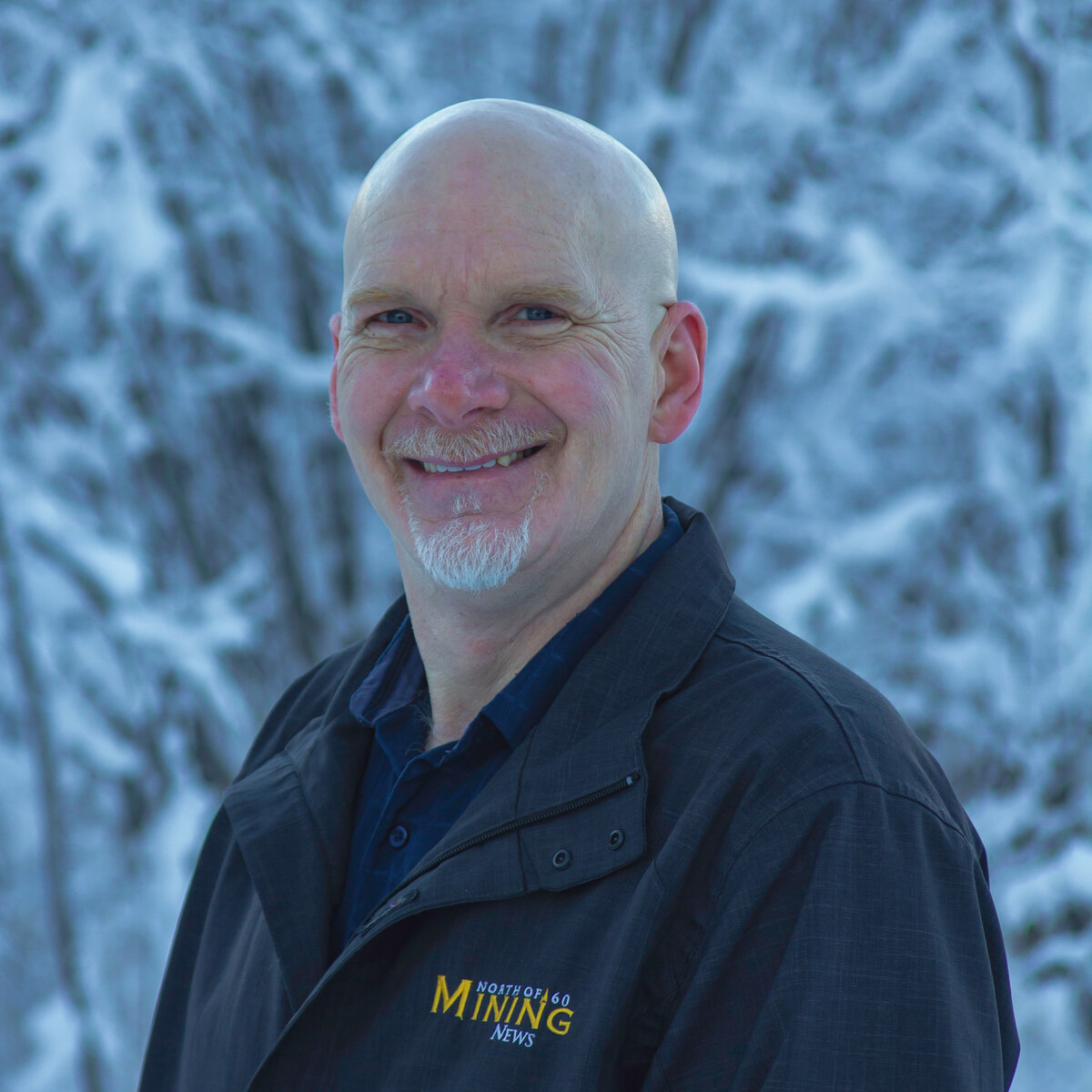





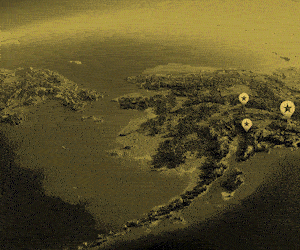

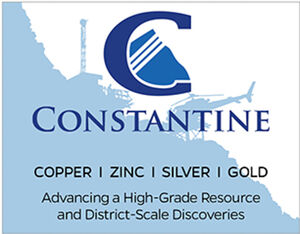


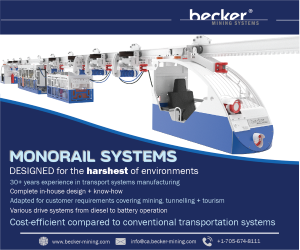
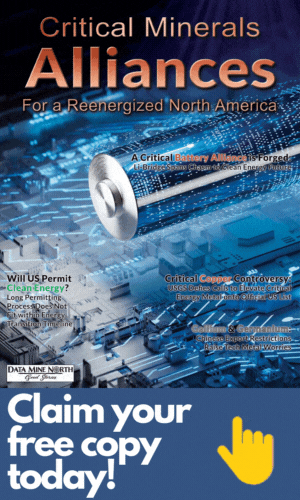



Reader Comments(0)